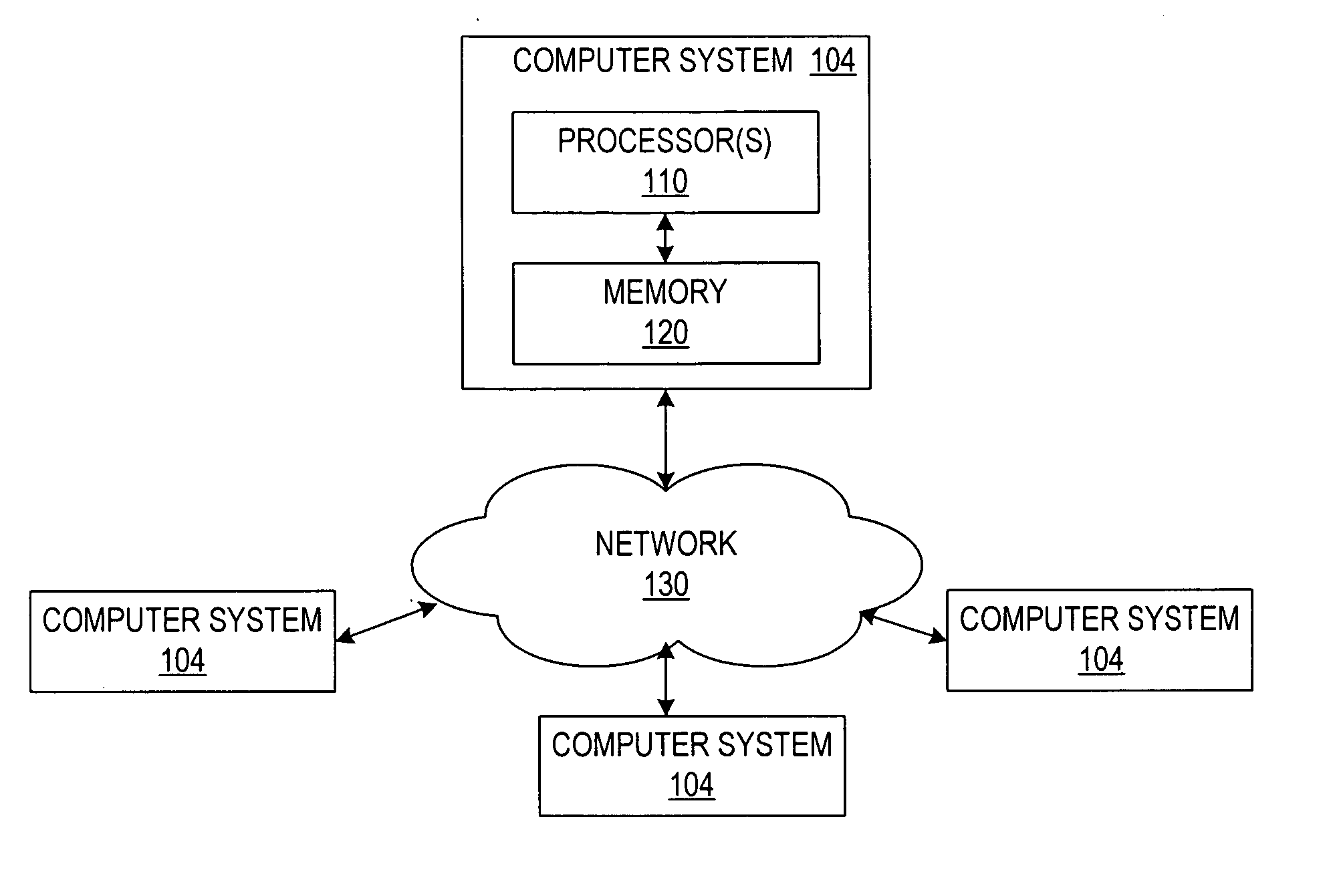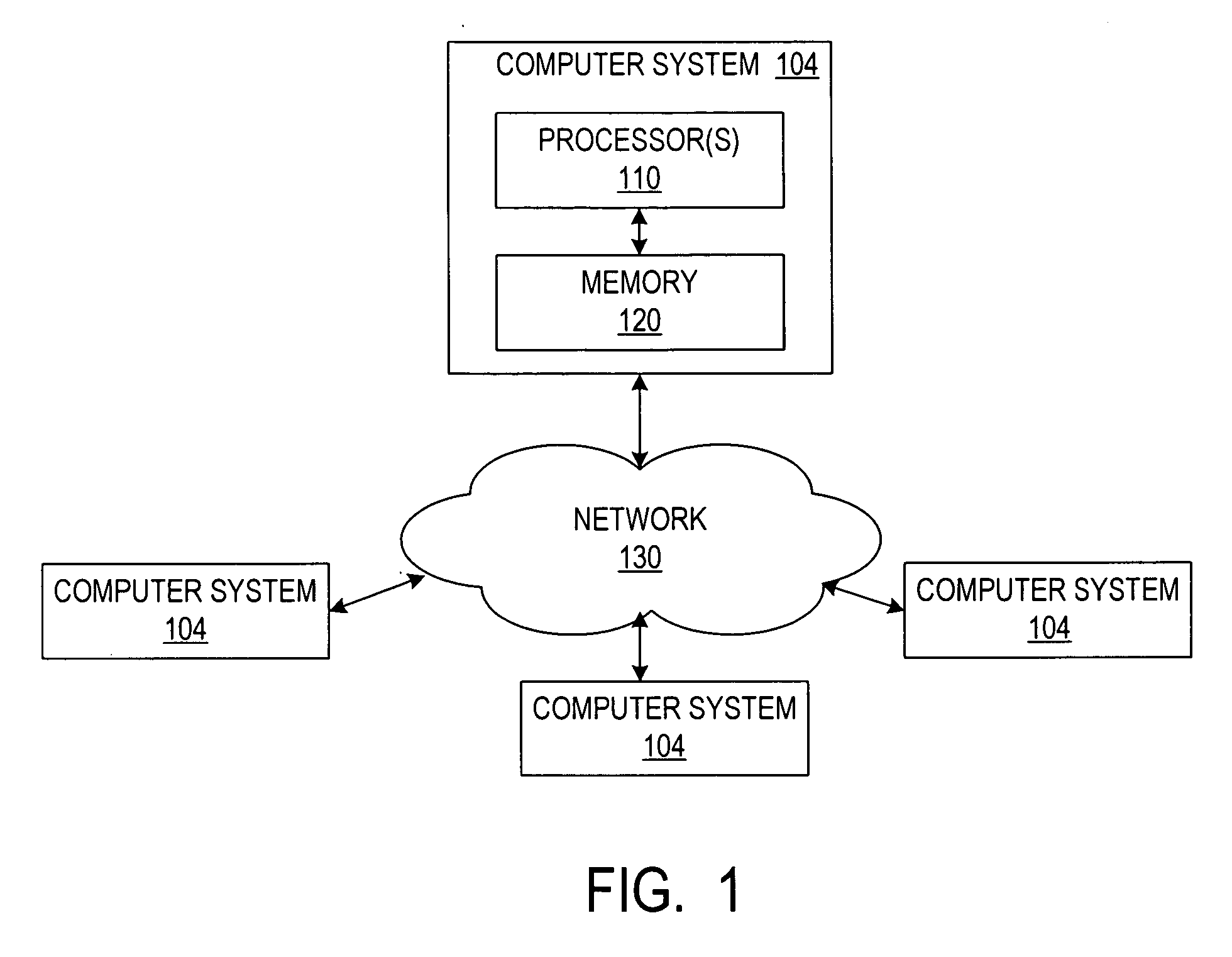Digital signatures including identity-based aggregate signatures
a technology of aggregate signatures and digital signatures, applied in the field of digital signatures, can solve the problems of not having a significant bandwidth advantage over the bandwidth-efficient approaches described, and it is difficult for people other than bob to forge his digital signature, and achieve the effect of improving security
- Summary
- Abstract
- Description
- Claims
- Application Information
AI Technical Summary
Benefits of technology
Problems solved by technology
Method used
Image
Examples
Embodiment Construction
[0018] Some embodiments of the present invention provide methods and systems for implementing secure and efficient identity-based aggregate signature (and multisignature) schemes, along with various extensions and applications. First, we formalize, in general terms, what an identity-based aggregate signature scheme is.
[0019] 1. Identity-Based Aggregate Signatures
[0020] Some aspects of an identity-based aggregate signature scheme are described in terms of both the scheme's performance characteristics and the scheme's security characteristics.
[0021] 1.1 Performance Characteristics
[0022] Recall that the objective of identity-based aggregate signatures is to achieve bandwidth-efficiency that is close to Kolmogorov-optimal. Since it is possible that the description K of who signed what may grow sub-linearly with the number n of signers (for example, the description “for all signers, the i-th signer signs its index i” is independent of n, except possibly for a logarithmic dependence i...
PUM
 Login to View More
Login to View More Abstract
Description
Claims
Application Information
 Login to View More
Login to View More - R&D
- Intellectual Property
- Life Sciences
- Materials
- Tech Scout
- Unparalleled Data Quality
- Higher Quality Content
- 60% Fewer Hallucinations
Browse by: Latest US Patents, China's latest patents, Technical Efficacy Thesaurus, Application Domain, Technology Topic, Popular Technical Reports.
© 2025 PatSnap. All rights reserved.Legal|Privacy policy|Modern Slavery Act Transparency Statement|Sitemap|About US| Contact US: help@patsnap.com



